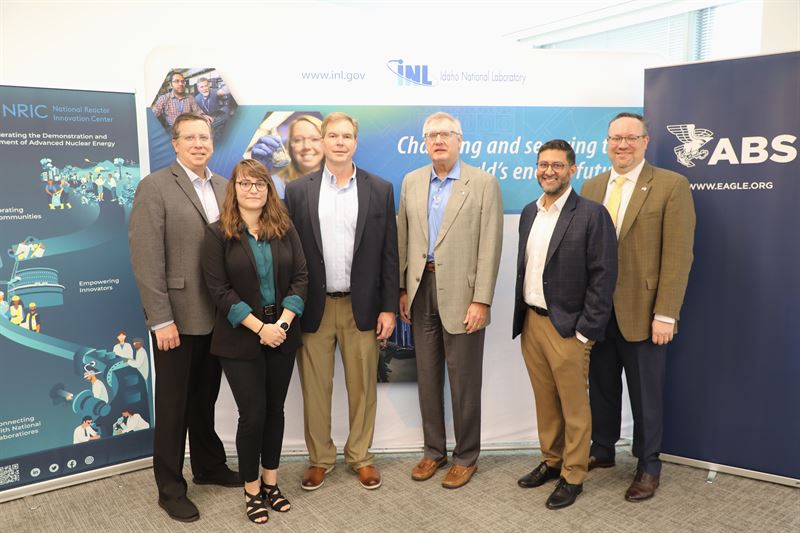The STEM Like a Girl event was held at the Ruth Patrick Science Education Center in Aiken, S.C. (All photos: DOE)
Nearly 60 eighth graders from schools across the central Savannah River area recently gathered at the Ruth Patrick Science Education Center in Aiken, S.C., for the Savannah River Site’s “STEM Like a Girl—Introduce a Girl to Engineering and IT” event. This initiative is designed to inspire the next generation of female engineers and STEM leaders.
STAR study coauthors Jiangyong Jia (front) and Shengli Huang, both of Stony Brook University, in the control room of the STAR experiment at BNL’s RHIC. (Photo: Kevin Coughlin/BNL)
ANS members Eric Jebsen (from left), Jeff Terry, and Amanda Bachmann by the ANS Chicago Section display during setup for Nuclear Science Week at Illinois Tech. (Photo: Jeff Terry)
American Nuclear Society member Jeff Terry hosted this year’s Nuclear Science Week meeting at the Illinois Institute of Technology (Illinois Tech) on October 26. In his opening remarks, Terry, a physics professor at Illinois Tech, described the institute’s 12-year history of Nuclear Science Week events, going back to the 2012 meeting that included the Nuclear Clean Energy Indy car on display.
An aerial photo of Three Mile Island nuclear power plant. (Photo: Constellation)
The pursuit of returning two of the country’s retired nuclear plants into service is not only unusual—it is unprecedented and promises to make history.
That’s according to a piece coauthored by former assistant secretary for nuclear energy Katy Huff in the Bulletin of the Atomic Scientists regarding plans from Holtec and Constellation to restart Michigan’s Palisades plant and Pennsylvania’s Three Mile Island Unit 1, respectively.
The BONUS nuclear power plant. (Photo: DOE)
An article on the Huffington Post examines the prospects for re-establishing nuclear energy in Puerto Rico, uncovering a mix of positive and negative attitudes toward nuclear power in the U.S. territory.
Officials of the ABS and INL gathered at a forum, where rules for floating nuclear power plants were unveiled. (Photo: INL)
A comprehensive set of rules and guidelines for floating nuclear power plants, Requirements for Nuclear Power Systems for Marine and Offshore Applications, has been released by the American Bureau of Shipping (ABS). According to the document, which, according to ABS, is the first of its kind for floating power plants, the rules and guidelines have been “developed for classification requirements specific to design, construction, and survey of vessels fitted with nuclear power systems whose generated power is transferred or distributed to onboard industrial or adjacent facilities.”
The temporary pair of correlated nucleons pictured here is highlighted in purple. (Image: Institute of Nuclear Physics, Polish Academy of Sciences)
A breakthrough in the understanding of the properties of nuclear structure has been achieved by an international team of scientists comprising researchers from Massachusetts Institute of Technology, Fermi National Accelerator Laboratory, University of Munster in Germany, and Institute of Nuclear Physics at the Polish Academy of Sciences. The team, from the nCTEQ collaboration investigating nuclear parton (quark and gluon) distribution functions, developed a quark-gluon model that combined low-energy and high-energy concepts to reproduce the properties of atomic nuclei.






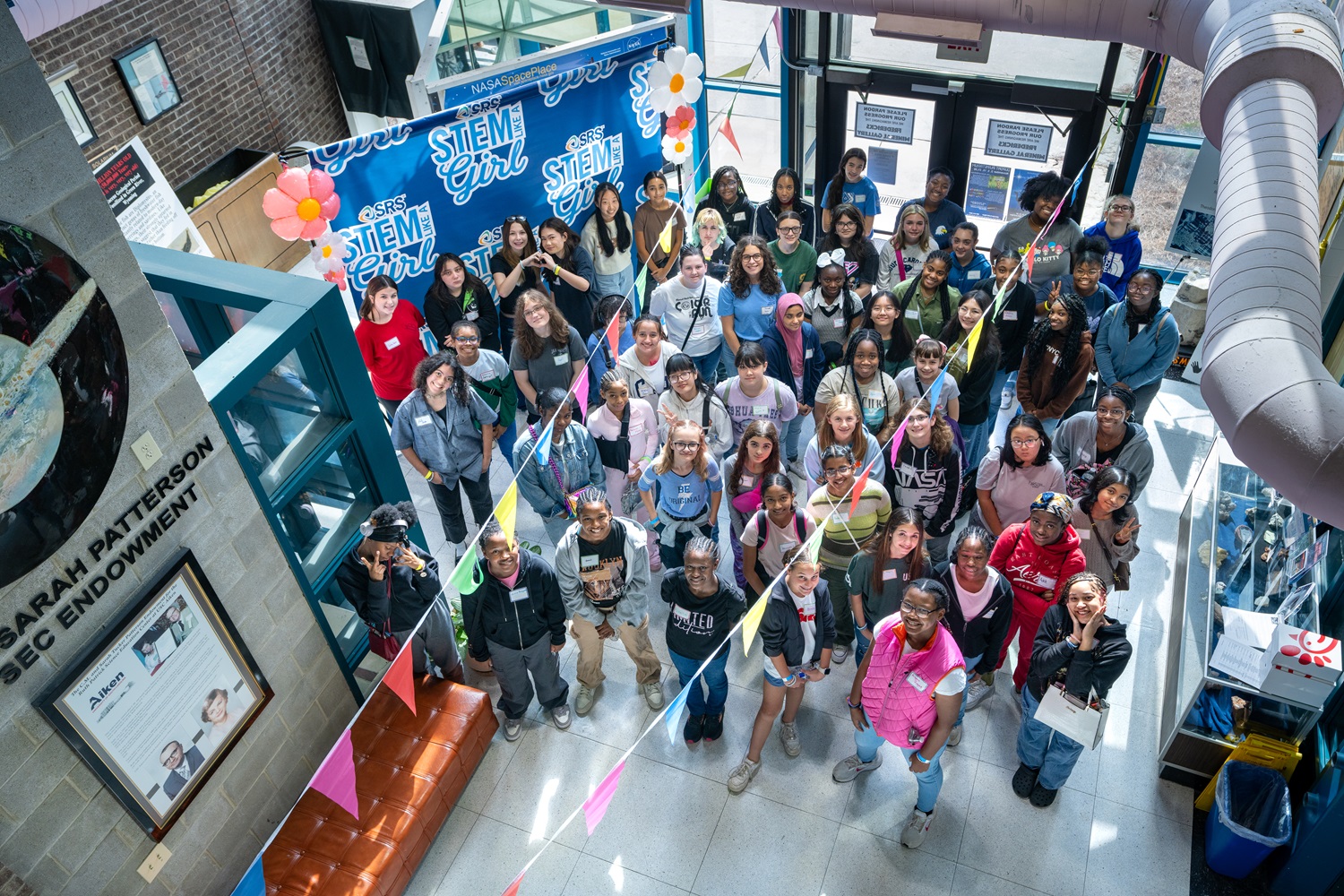
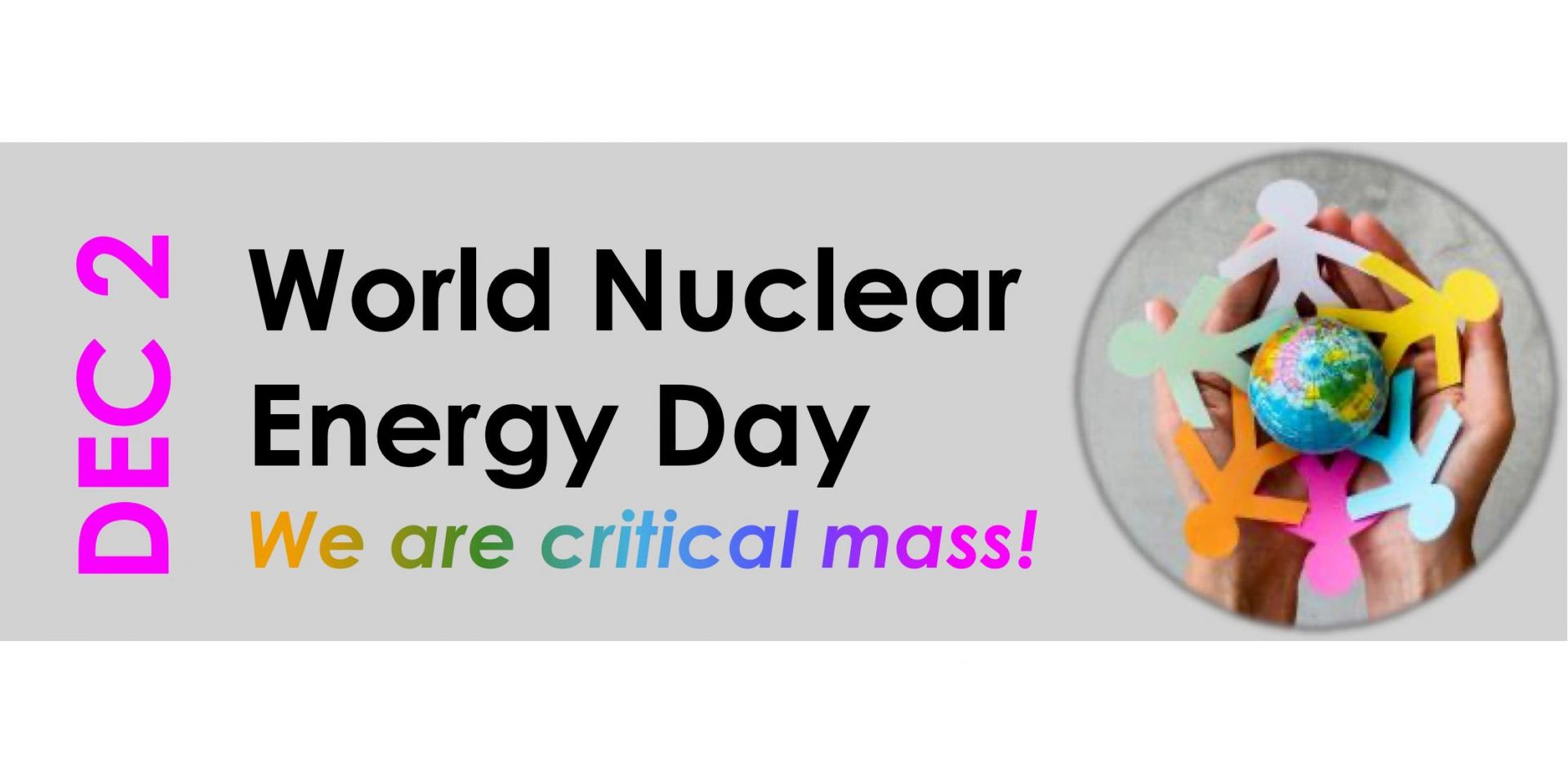
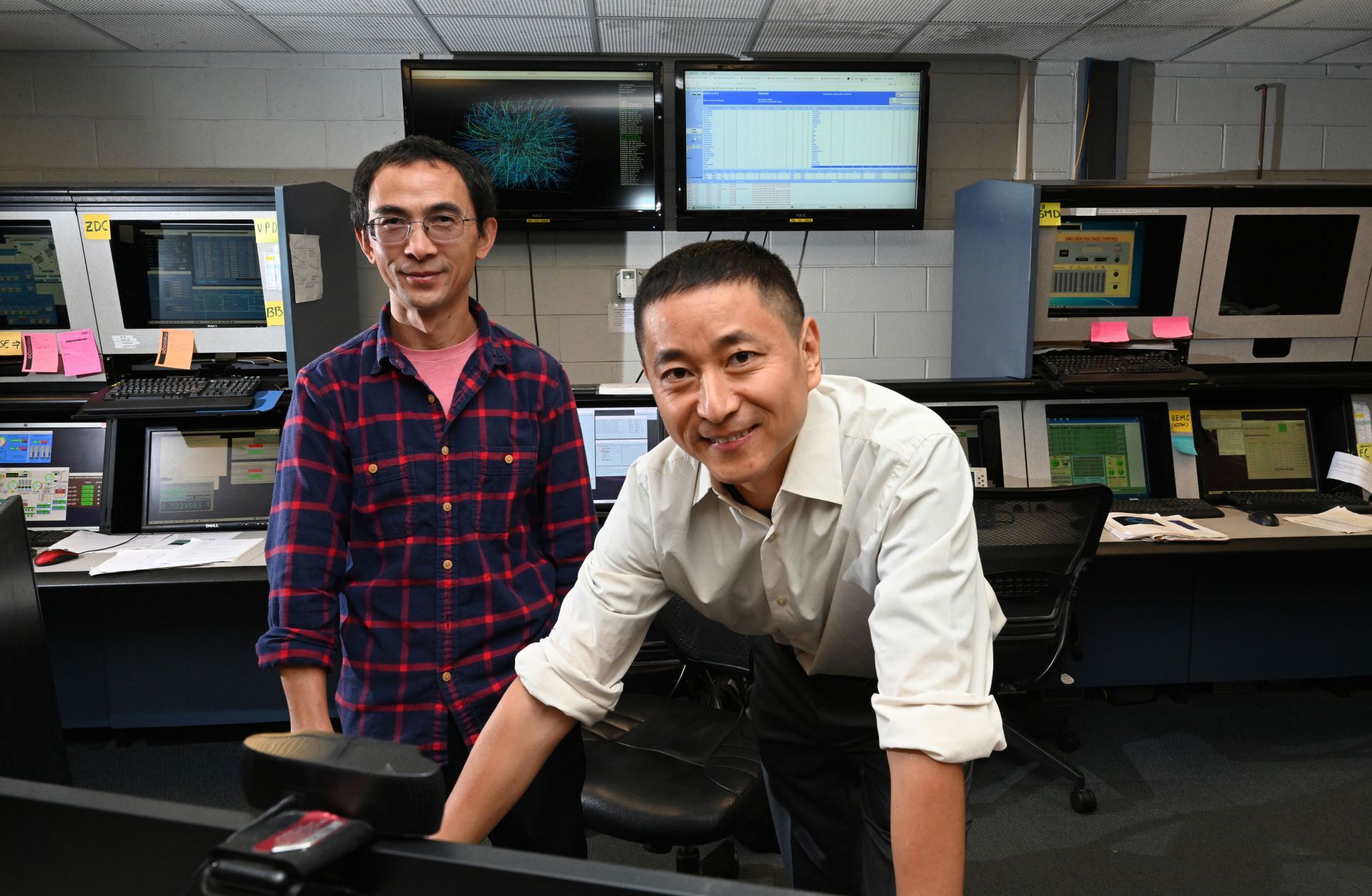

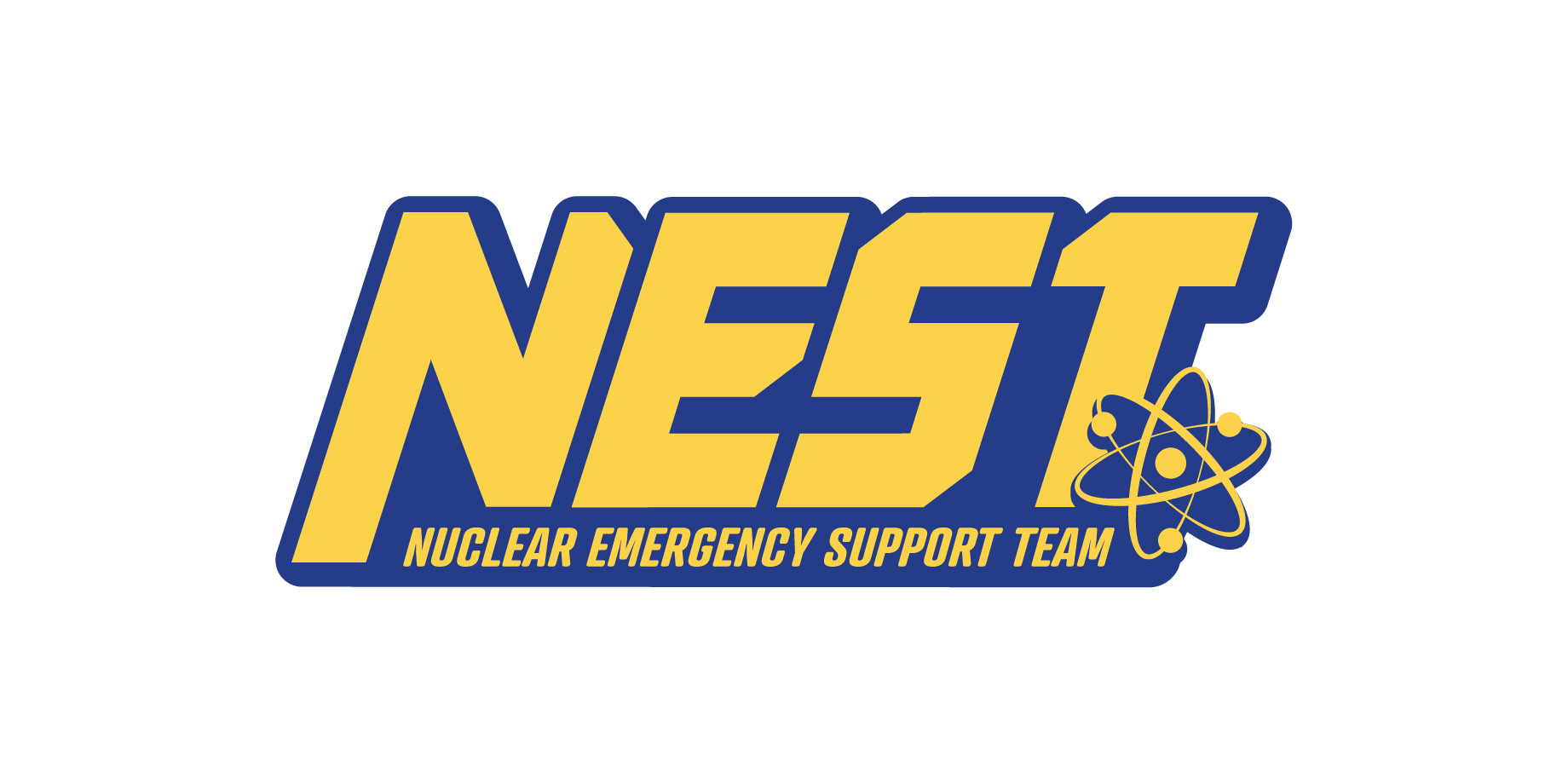
.jpg)

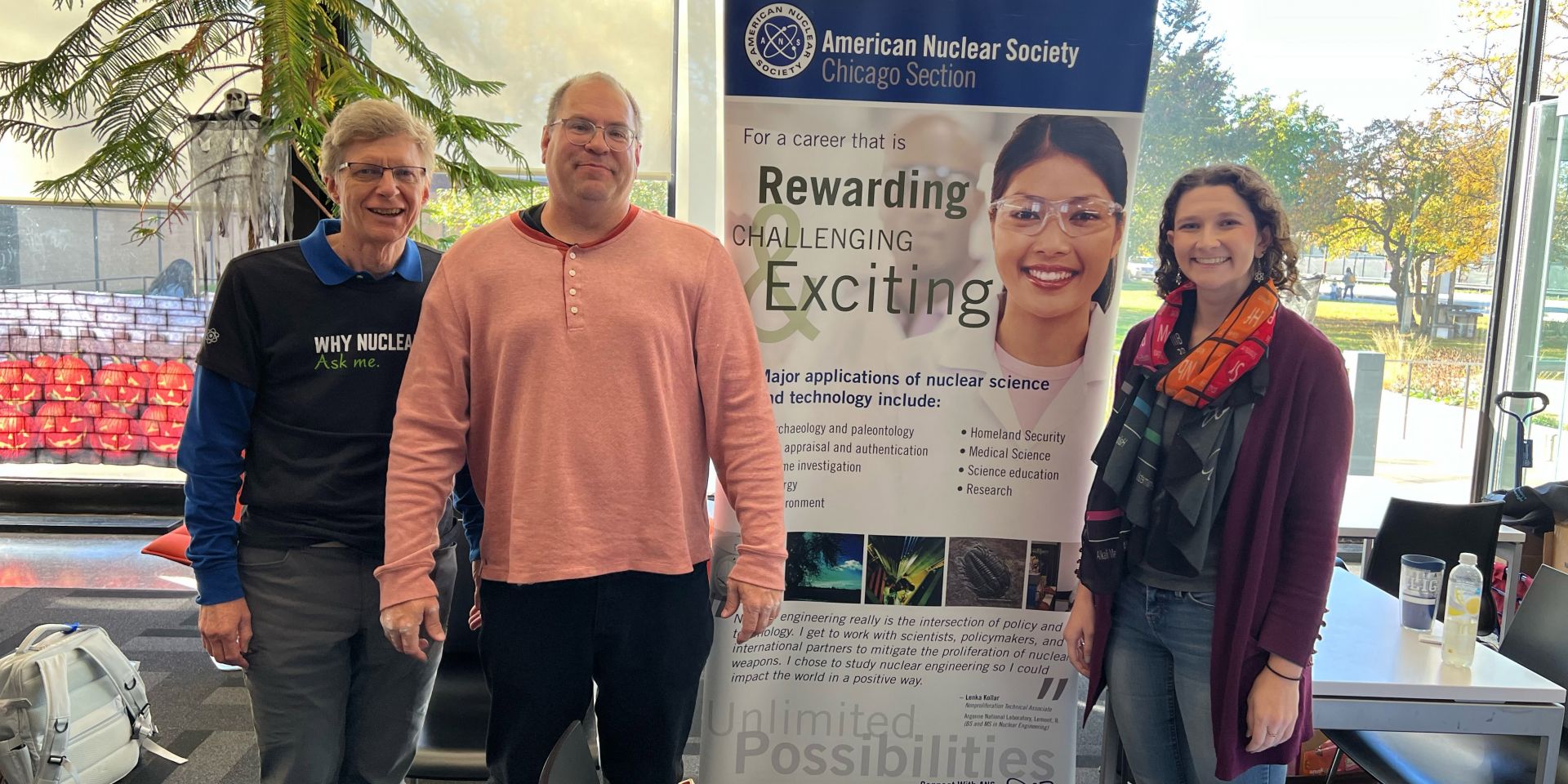

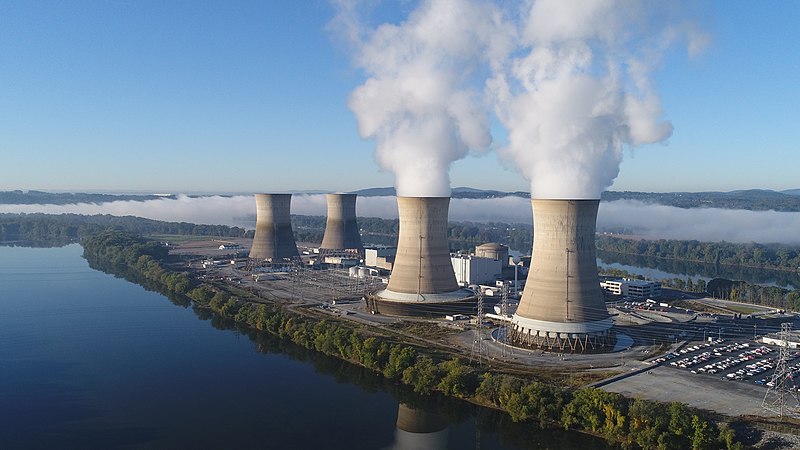
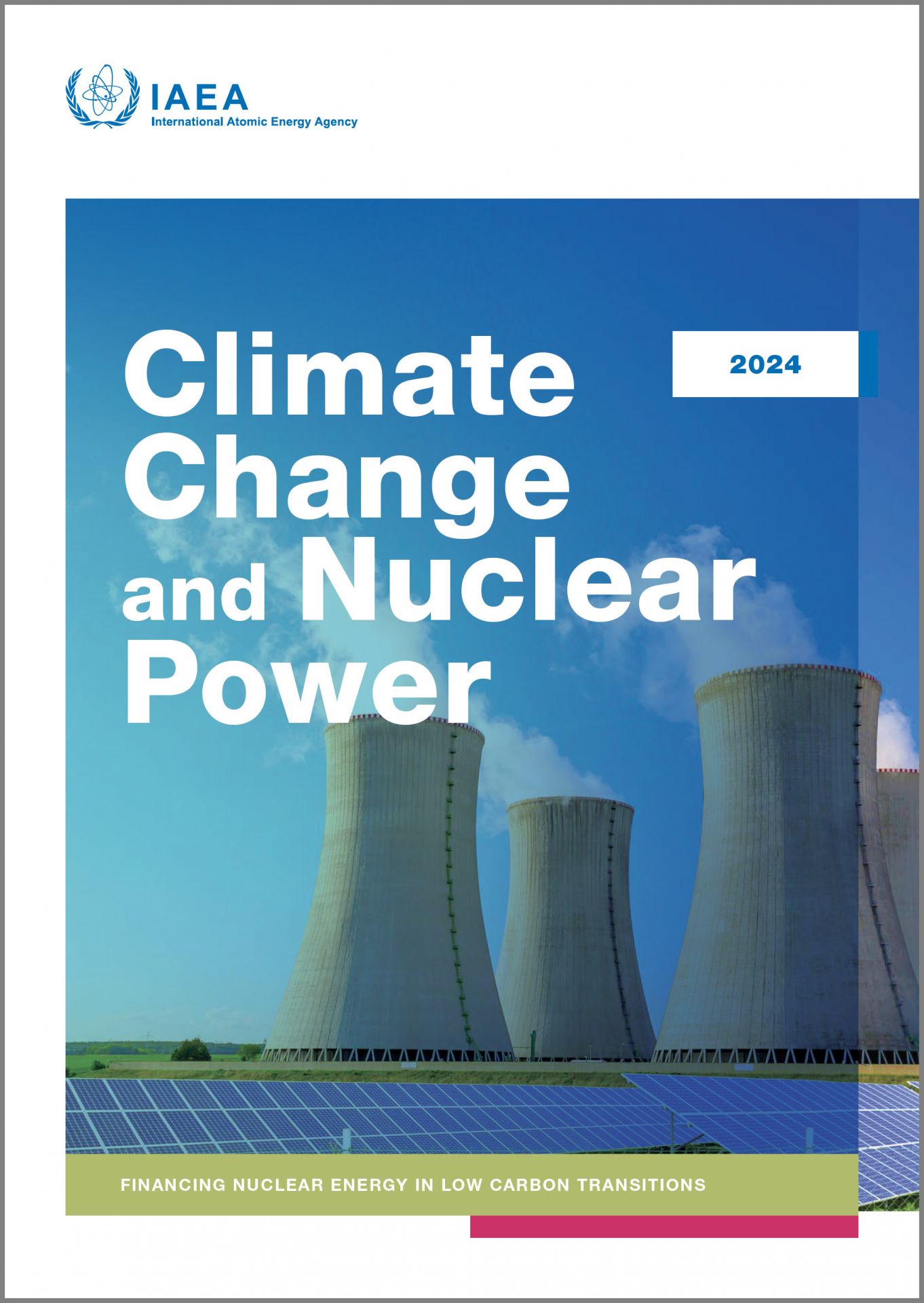 The 2024 edition of
The 2024 edition of .png)
